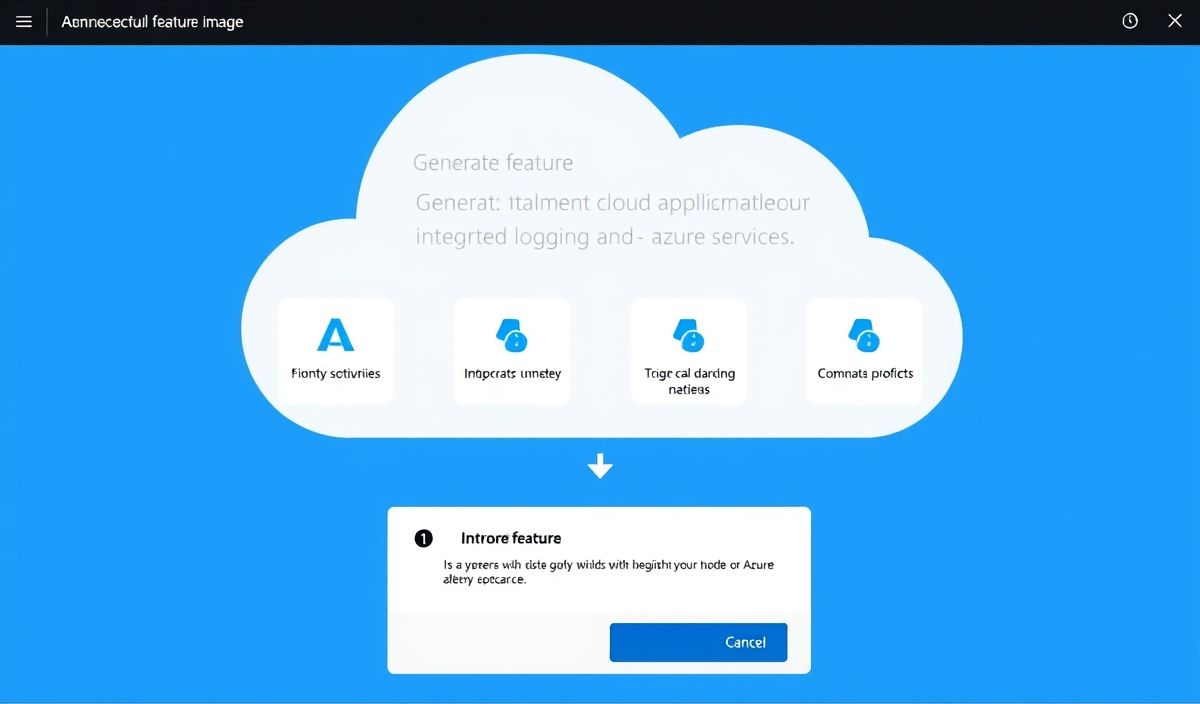Introduction to Husky
Husky is a modern and efficient tool for managing Git hooks, allowing developers to automate tasks and improve their workflow. It provides an easy way to set up and configure hooks, ensuring that code meets quality standards before being committed.
Setting Up Husky
To install Husky, you need to have Node.js and npm installed. Use the following command:
npm install husky --save-devEnabling Hooks
Initialize Husky to create a .husky directory in your project:
npx husky installExample: Pre-commit Hook
Create a pre-commit hook to run linting:
npx husky add .husky/pre-commit "npm test"Now whenever you make a commit, the specified tests will run.
Useful Husky API Examples
Adding a Pre-push Hook
To add a pre-push hook, run:
npx husky add .husky/pre-push "npm run build"Running Custom Scripts
If you want to run a custom script before committing, add it to your package.json:
{
"scripts": {
"precommit": "echo 'Running pre-commit tasks'"
}
} Then run:
npx husky add .husky/pre-commit "npm run precommit"App Example with Husky
Let’s create a small app to demonstrate Husky in action. First, initialize a new Node.js project:
mkdir husky-demo cd husky-demo npm init -y Install some necessary packages:
npm install husky eslint --save-dev Initialize Husky:
npx husky installAdd a pre-commit hook to run ESLint:
npx husky add .husky/pre-commit "npx eslint ."Create an ESLint configuration file:
{
"env": {
"browser": true,
"es2021": true
},
"extends": "eslint:recommended",
"parserOptions": {
"ecmaVersion: 12,
"sourceType": "module"
},
"rules": {
"quotes": ["error", "single"],
"semi": ["error", "always"]
}
} Now, every time you commit changes, ESLint will run to ensure code quality.
Hash: 09e28e9c5875ef3b2b7463e1c9adc3cefbd35af73283f9f9281dc9b8c48f9524




